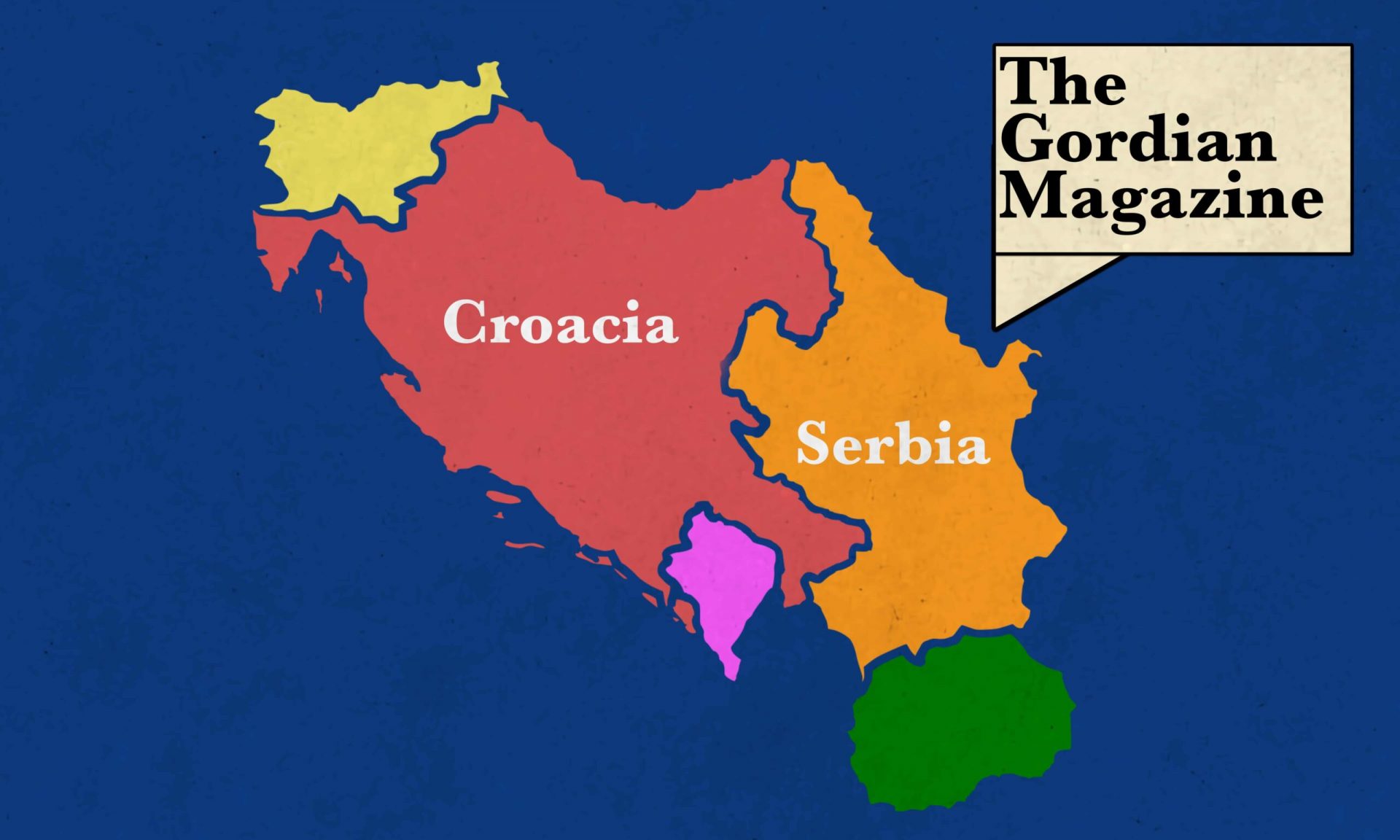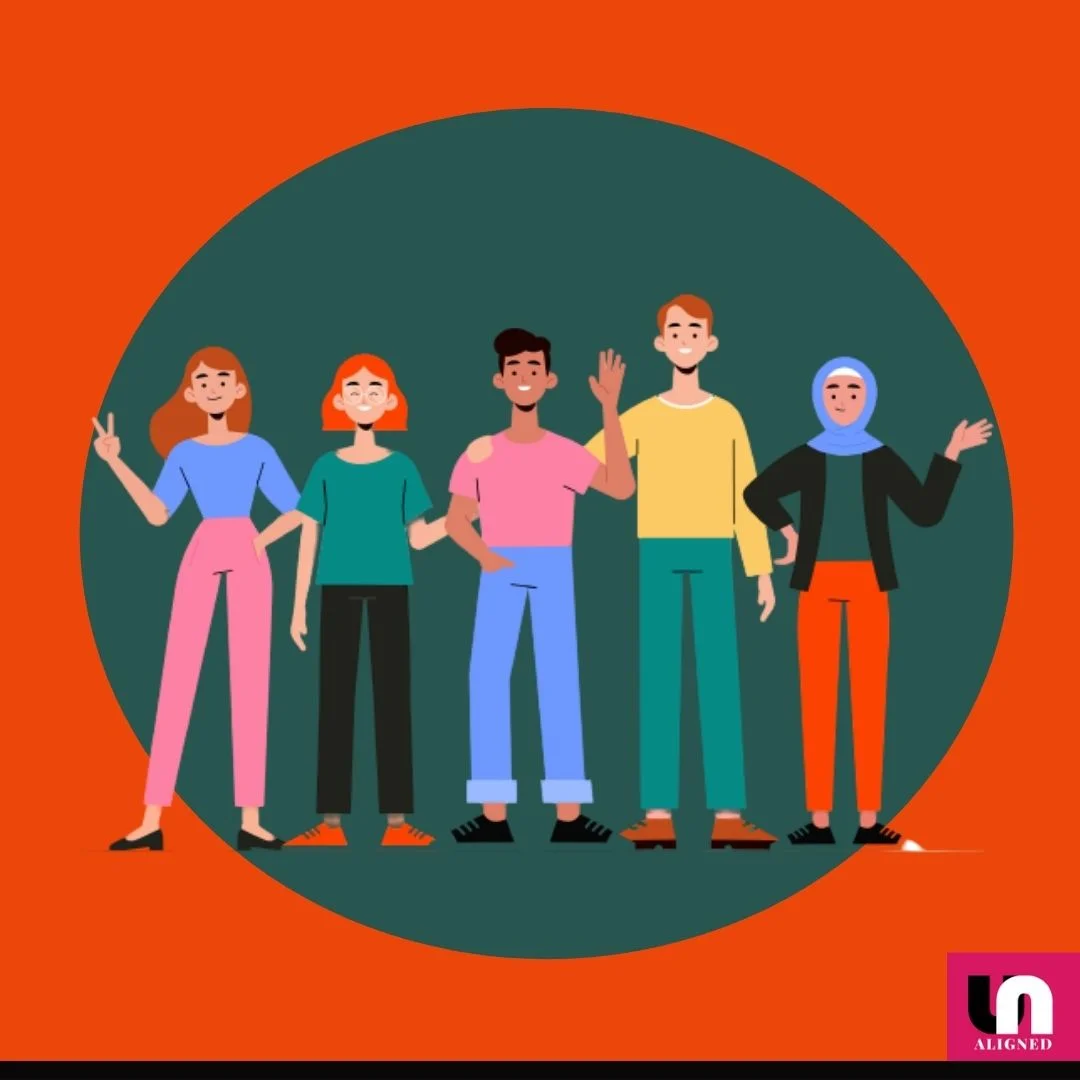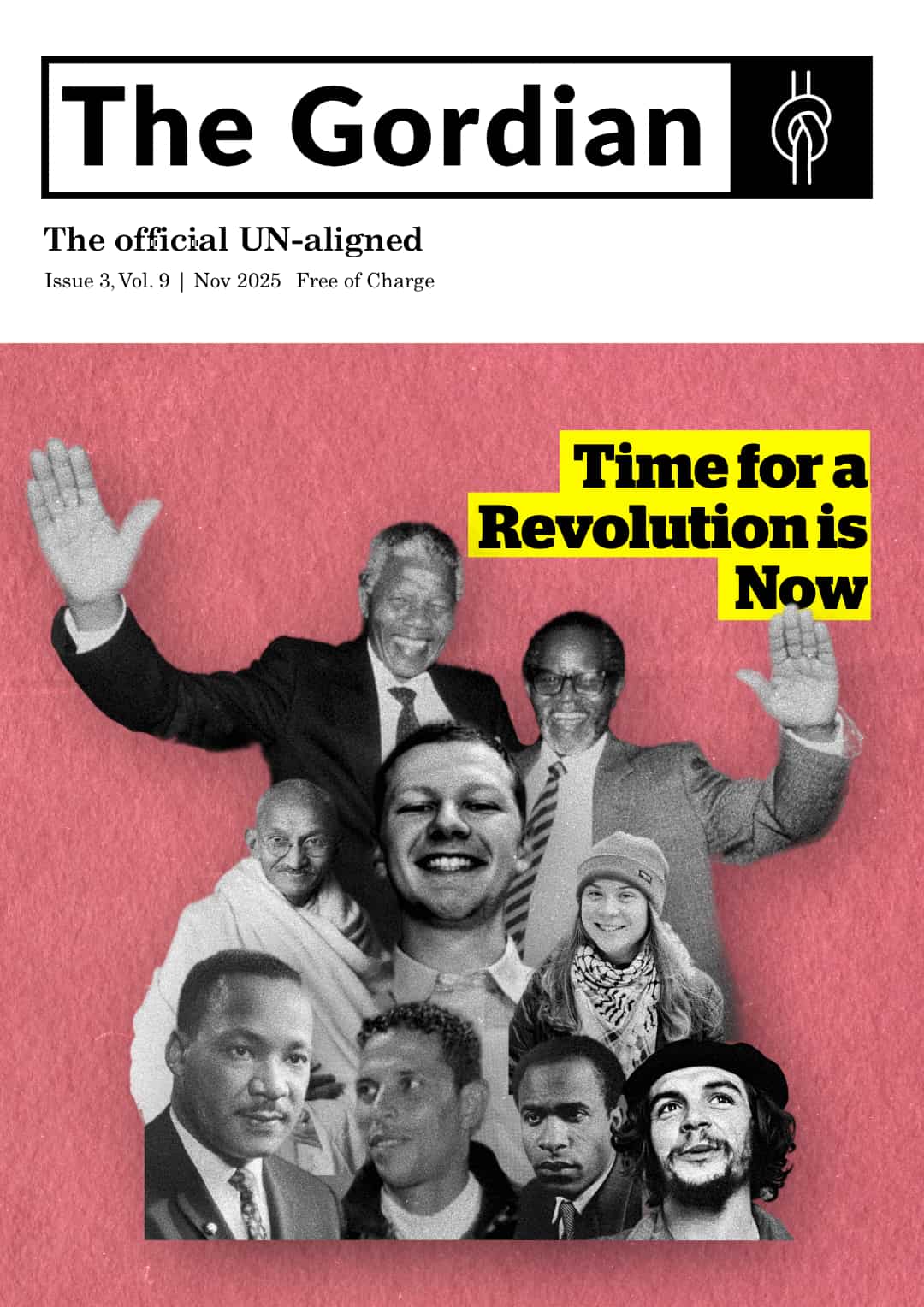Linguistics
2023
2022
The Hidden Curse of Babel: The Drawbacks of Language for Communication and Thought
This article highlights the drawbacks of language, not only in its cursed post-Babel scattered metamorphosis, but also in itself, as a means to communication and thought.

Why Russian and Ukrainian are not the same language
As the Ukrainian invasion enters its third month, we explore the difference between Russian and Ukrainian language, which are often mistaken as the same.

2021
Language to Unite, Language to Separate: The Tale of Serbian & Croatian
Croatia and Serbia, once brothers united, have experienced many conflicts since the collapse of Yugoslavia in 1991. In fact, conflicts existed even prior to the demolition of Yugoslavia and can even be traced back as a cause for its collapse.

'Why are you talking like that?': How politicians use words to influence and mislead
Have you ever found yourself agreeing with a politician for no apparent reason? Have you ever thought why many people support a certain politician even though they hold a ‘foolish’ standpoint? Have you ever thought of how language influences people’s decisions in a political environment? While it is true that humans are complex creatures and clear linear relationships rarely apply in the real world, language usage and perception undoubtedly plays a significant role in the world of politics, especially today where social factors such as gender and ethnicity are gaining more attention. In this brief article, I will look at the use of language in political discourse. More specifically, we will also look at the phenomenon known as code-switching, how and why it occurs and some of the effects it bears.

So You Have Been Called 'Laowai'? Here's What it Means
In Chinese, foreigners are often referred to as ’laowai’, a term that carries different meanings depending on context and perception. In this article, we shed light on the social and cultural aspects of language use.

2020
Misgendering people: Identity and Gender Pronouns
This article does not intend to offend or devalue anyone with a non-binary gender identity. It only tries to explain why fixing misgendering is a larger problem than most people think, and why there is no immediate solution to misgendering.

Immigrants: Language Acquisition and Education
It is estimated that immigrants make up close to 15 percent of the US population. In other countries, such as Canada and Switzerland, this number can even rise to 20 percent.



